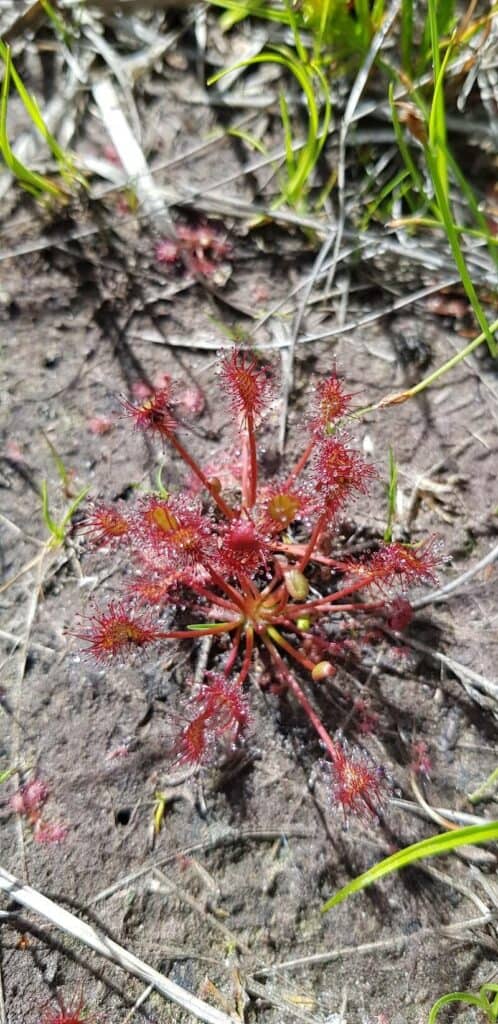Multiplying the Marvel: Propagating Your Drosera Intermedia
The Drosera intermedia, also known as the Spoonleaf Sundew or Spatulate Leaved Sundew, is a fascinating carnivorous plant guaranteed to fascinate any plant lover. With glistening, dew-dropped tentacles that lure unsuspecting insects, it’s a wonder of nature you can cultivate at home. And the best part? Propagating Drosera intermedia is surprisingly achievable, even for beginners.
This guide dives into the fascinating world of Drosera intermedia propagation, offering methods to multiply your collection and witness the miracle of new life, sundew-style.
Understanding the Basics
Before we delve into the how-to, let’s understand the "why." Why propagate? Well, it allows you to:
- Expand your collection: More sundews means more mesmerizing displays of carnivorous prowess!
- Share the wonder: Gift these unique plants to friends and family.
- Secure your plant’s future: Create backups in case of any unforeseen issues with your original plant.
Several methods work well for Drosera intermedia. Here are the most common and effective:
1. Leaf Cuttings:
- Process: Carefully remove a healthy leaf from the base, ensuring you get the entire leaf and a small piece of the stem tissue. Lay the leaf flat on a moist medium like sphagnum moss or a peat moss and perlite mix. Provide bright, indirect light and high humidity.
- Pros: Relatively simple and high success rates.
- Cons: Can be slower than other methods.
2. Root Cuttings:
- Process: Gently unearth a portion of the plant to expose the roots. Snip a healthy root section and place it horizontally on a moist growing medium, gently pressing it down. Maintain bright, indirect light and high humidity.
- Pros: Often faster than leaf cuttings.
- Cons: Slightly higher risk to the parent plant if not done carefully.
3. Seed Germination:
- Process: Collect seeds from mature flower stalks. Sprinkle the tiny seeds on the surface of a moist, peat moss-based medium. Provide bright, indirect light and high humidity. Be patient, germination can take several weeks.
- Pros: Allows for genetic diversity in your collection.
- Cons: Can be more time-consuming and requires a longer waiting period.
Creating the Ideal Environment
No matter your chosen method, success lies in mimicking the Drosera intermedia’s natural habitat:
- High Humidity: A humidity dome or keeping your plants in a terrarium is highly recommended, especially for cuttings.
- Bright, Indirect Light: Avoid direct sunlight, which can scorch the delicate plants. A sunny window with a sheer curtain works well.
- Moist but not Soggy Medium: Keep the growing medium consistently moist but never waterlogged. Use distilled water or rainwater to prevent mineral buildup.
- Patience is Key: Propagation takes time. Don’t be discouraged if you don’t see results immediately.
Witnessing the Magic
Over time, tiny plantlets will emerge from your cuttings or seeds. These are your new Drosera intermedia! Once they are large enough and have developed several leaves, you can carefully transplant them into individual pots.
Propagating Drosera intermedia is a rewarding journey for plant enthusiasts of all levels. With patience, care, and a sprinkle of green-thumb magic, you can multiply your collection and marvel at the beauty of these unique and captivating plants.
